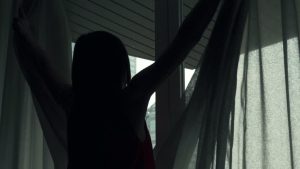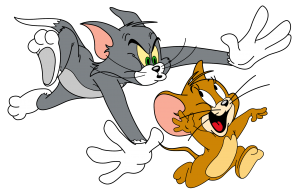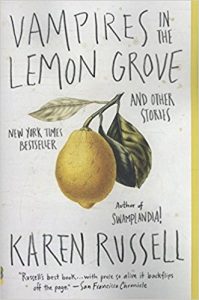It was as if none of us had ever looked at her, or had looked at her while thinking of something more interesting. I felt that we were guilty of some obscure crime. For it seemed to me that we who had seen her now and then out of the corner of our eyes, we who had seen her without seeing her, who without malice had failed to give her our full attention, were already preparing her for the fate that overtook her, were already, in a sense not yet clear to me, pushing her in the direction of disappearance.
 The disappearance of Elaine Coleman appears to have been a gradual disappearance. Through Millhauser’s use of imagery, we begin to see that Elaine became a shadow, almost ghost-like with no one really noticing. Millhauser shows how a disappearance triggers people to want to create an image of a person they’ve avoided knowing.The importance of inclusion in a community is shown through the idea that the idea that Elaine’s disappearance was due to the town seeing her as invisible. Elaine noticed that she was invisible to the people around her, so she physically and emotionally disappeared from existence. It is also possible that Elaine was going through depression because the narrator says that she was more visible to society when she was in high school, but she became almost nonexistent after she came back from college. Did Elaine’s depression and no one reaching out to help her cause her to allow the depression to overtake her? Have we lost something if we didn’t know acknowledge that it existed or mattered? Do we have an obligation as humans to fight the shadow archetype in our personalities and through our depression?
The disappearance of Elaine Coleman appears to have been a gradual disappearance. Through Millhauser’s use of imagery, we begin to see that Elaine became a shadow, almost ghost-like with no one really noticing. Millhauser shows how a disappearance triggers people to want to create an image of a person they’ve avoided knowing.The importance of inclusion in a community is shown through the idea that the idea that Elaine’s disappearance was due to the town seeing her as invisible. Elaine noticed that she was invisible to the people around her, so she physically and emotionally disappeared from existence. It is also possible that Elaine was going through depression because the narrator says that she was more visible to society when she was in high school, but she became almost nonexistent after she came back from college. Did Elaine’s depression and no one reaching out to help her cause her to allow the depression to overtake her? Have we lost something if we didn’t know acknowledge that it existed or mattered? Do we have an obligation as humans to fight the shadow archetype in our personalities and through our depression?


 Honestly, I just love this as an ending sentence. Throughout the whole story we see the narrator struggling to remember this woman he had known when he was younger. He digs up old memories of minuscule interactions with Elaine, none of which were particularly remarkable in the moment, but together
Honestly, I just love this as an ending sentence. Throughout the whole story we see the narrator struggling to remember this woman he had known when he was younger. He digs up old memories of minuscule interactions with Elaine, none of which were particularly remarkable in the moment, but together






